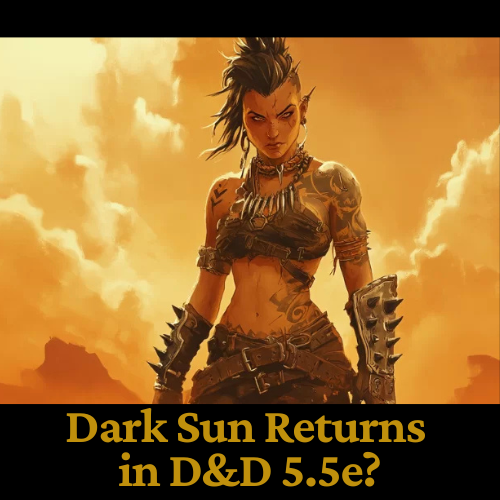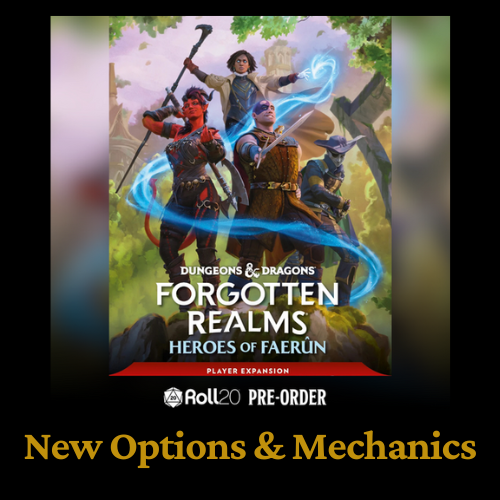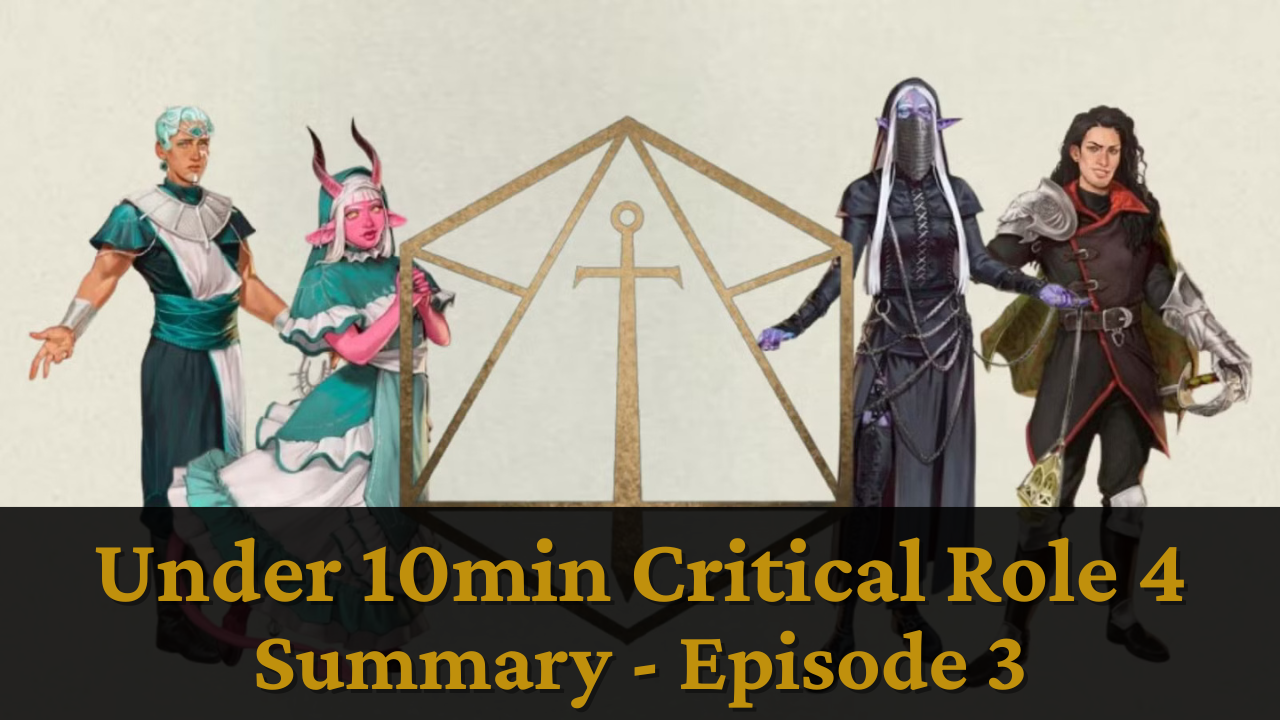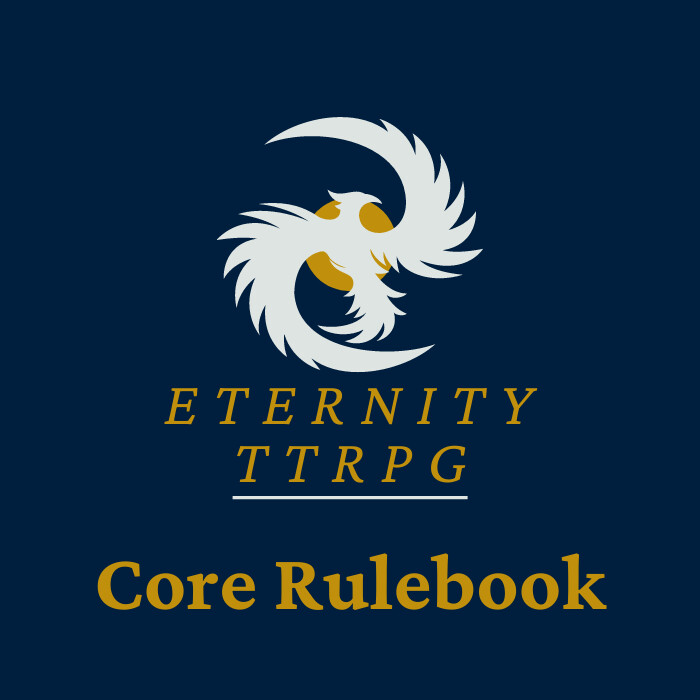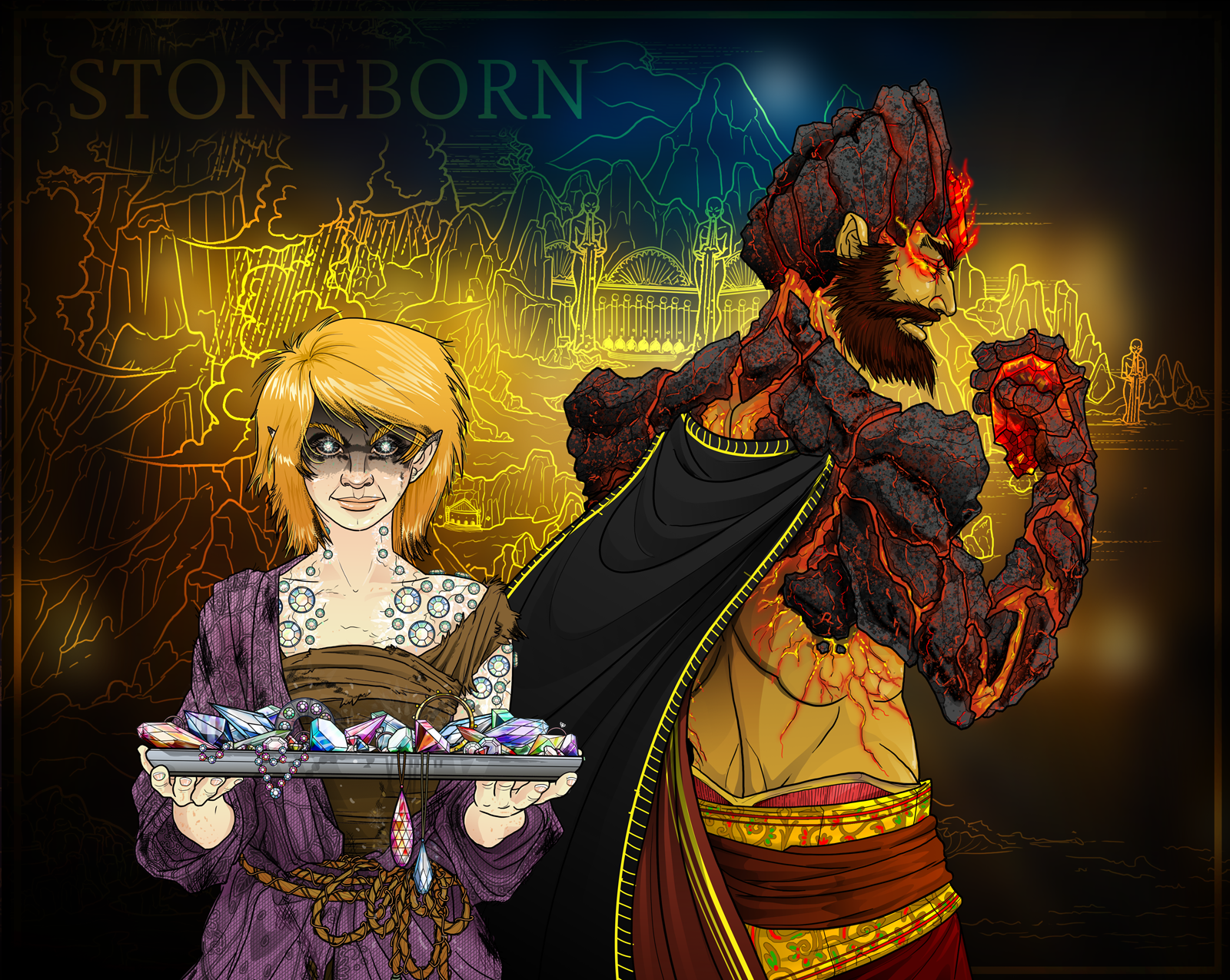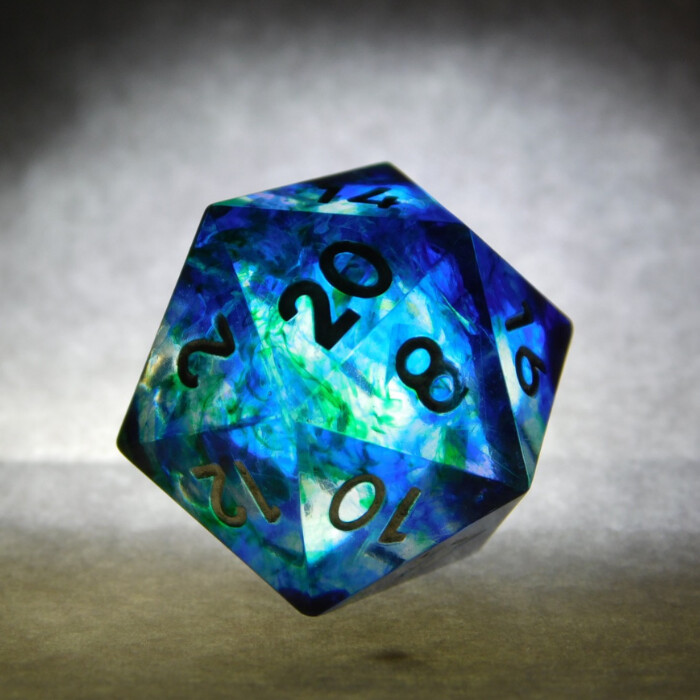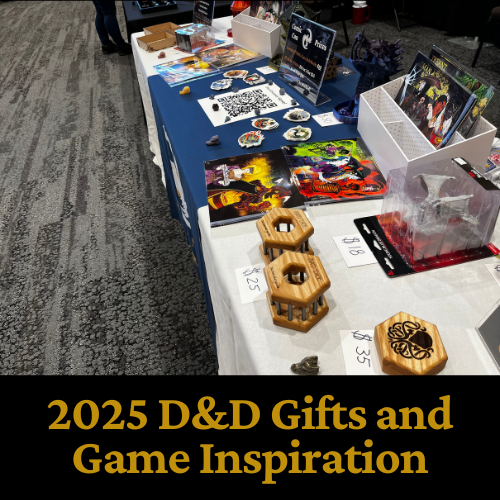Critical Role Season 4 - Episode 3 Recap - The Snipping of Shears
Transcribed content from our recent YouTube video: https://www.youtube.com/watch?v=ZRQRNqRGVMs
Transcription
Hey everyone, welcome back to Eternity TTRPG.
With the last recap of Critical Role’s fourth campaign, in episode 2, the Falconer’s Rebellion echoed through Dol-Makjar, and an angel’s bloodline rewrote what faith looks like in the series.
This third episode — The Snipping of Shears — pulls those threads tight: divine secrets, infernal bargains, and a murder that changes everything.
As a quick note before jumping in, if you haven’t seen my prior recaps of this Critical Role campaign, you should know that A LOT happens in these 4.5hr-ish episodes. Cutting all of that down to about 10minutes means that there will be a lot of summarization. If there’s anything you don’t quite follow, check out my previous recaps for more context.
This episode opens with Teor Pridesire, the soldier trying to live quietly under the banner of the Candescent Creed.
Sir Filoneus Halovar hires him as Wick Halovar’s new bodyguard and sends him to the Mercanaud Couturier — a tailor’s shop with more whispers than fabric.
In the bustling Ogrimok Market, where magic is forbidden, Teor runs into Sir Julien Davinos, who’s searching for Occtis Tachonis.
Julien recognizes the Couturier’s name — they make problems disappear for the Halovars.
Teor, unaware, walks straight toward them.
Back in Villa Aurora, Wick faces a truth that upends everything he believes. Photarch Yanessa Halovar reveals that the chained celestial beneath their temple — Aetheon — is his grandfather.
After the gods fell, she took Aetheon’s blood and wished for a child touched by the sun. That child became Godard, Wick’s father — and the foundation of the Candescent Creed.
The Halovars turned divine theft into religion. Yanessa built her empire of light to survive a world without gods — and tells Wick the rules of faith are for others.
His duty is legacy: marry well, expand Filament, and remember that true power runs in the family’s blood. For Wick, his prior belief has just curdled into this sickening feeling of betrayal.
Reeling from the truth, Wick turns to the only person who’s ever been somewhat(?) fully honest with him — his demon companion, Tyranny. She was crafted by the Prince of Demonkind, to serve the Creed’s image, and bargain for souls. But Tyranny hates her purpose. She’s bound to Wick alone, and begs him not to send her back to the Pit.
They realize they’re both trapped by family expectations — a believer and a demon chained by faith and fear. Wick promises she’ll stay free, and together they plan to rescue Teor before the Halovars decide that he’s expendable.
In another corner of Dol-Makjar, the hunt for Occtis grows dangerous. At the Penteveral, Murray Mag’nesson stands up to Primus Tachonis himself — and is promptly cursed for it.
Meanwhile, Occtis, Thimble, and Kattigan are ambushed by the Crow Keepers in the Guard Tower. Vaelus bursts in mid-fight, saving Thimble from a grisly end.
The gang learns that Casimir — Thimble’s former ally — had been stealing from the Crow Keepers, paid his debt in blood, and left behind a deed to a fortress, now stolen by Cyd. It’s one more piece in a spreading puzzle of betrayal.
While others fight and scheme, Thaisha and Hal Fang build something new — the Hallowed Round, a theatre rising from Dol-Makjar’s old scars. Once a temple of oppression, it’s now reclaimed for art and community. An orc musician reminds Thaisha that rebellion isn’t just war — it’s creation.
At the Couturier, Teor meets the Mercanaud brothers — charming, unsettling, and reeking of infernal power. Before he can act, he’s trapped in a circle carved into the floor — a nine-pointed star that reeks of sulfur. Calastro Mercanaud begins cutting Teor’s shadow apart, piece by piece, with silver shears.
Then, salvation: Wick and Tyranny arrive under false orders, bluff their way in, and free Teor.
The three escape, but Tyranny’s terror says everything — they’ve just angered something far darker than House Halovar.
At Hal’s home, the pieces finally align. Hal attunes to Thjazi’s sword — the Liar’s Blade — and sends Thimble north to avenge their brother. Wick, Tyranny, Teor, Thimble, and Kattigan form a small band: the Soldier’s Table. Azune watches them ride out, whispering the names of the fallen. It feels like history beginning again.
At the Palazzo Davinos, the story turns from politics to nightmare. Julien watches in frozen horror as an invisible assassin reaches into his father’s skull and pulls it free. Upstairs, Occtis and Aranessa are trapped by silence as his brother Ethrand arrives — holding the Stone of Nightsong.
He orders the ghouls to open Occtis’s chest and put the stone ‘where it belongs.’ And then? Fade to black.
Alright — here’s why The Snipping of Shears hits so hard, and what you can learn from it for your own table.”
1. Secrets mean more when they’re personal.
When Wick learns that his faith is built on a lie — that his family’s light was stolen from a fallen celestial — it’s devastating not just because it’s awesome lore, but because it’s his grandmother telling him the truth. That’s the lesson: don’t dump exposition from an old scroll. Deliver it through someone the character trusts. When revelations come from family, mentors, or companions, the heartbreak feels real, and the fallout drives roleplay for sessions to come.
2. Make corruption generational.
The Halovars inherited sin. Yanessa’s wish twisted faith into an empire, Godard’s blood carries celestial power as a burden, and Wick now bears that legacy whether he wants it – or in this case, definitely not. And that’s the power of it.
Tyranny’s existence also mirrors that cycle — a demon born into a contract she never chose.
If you want emotional weight, make power in your world come with ancestry, or family, attached. Maybe a magic sword remembers every life it’s taken, or a player’s bloodline is blessed by something they don’t believe in.
Legacy as corruption creates tension between destiny and free will — one of the best engines for storytelling in D&D.
3. Mix horror with heart.
The Couturier scene in this episode works because of what’s being taken. Teor’s shadow — his literal sense of self — is being cut apart. It’s a nightmare. And it is the kind of horror that lingers.
When using horror at your table, think beyond monsters. Ask, ‘What does this threaten about who the character is, at their core?’ A curse that erases memories, a haunting that whispers a player’s thoughts back to them — those are the scares that deepen character growth.
And that’s it for Episode 3. Celestial secrets, infernal contracts, and one unforgettable assassination. What do you think — is Wick destined for redemption or ruin?
Drop your theories below, and join me next time as we follow the Soldier’s Table north.
Until then — let your dice fly, and may your stories be legendary.
Dice, Dungeons, Games & More - Eternity TTRPG
Share This Article

Author - Jacob Tegtman
Dear reader, I hope you enjoyed this article. Tabletop gaming has been a passion of mine since I was 6 years old. I've played just about every game from Dungeons and Dragons to video games like Final Fantasy. These games have inspired me, made me laugh, made me cry, and brought me endless hours of enjoyment.
I started Eternity TTRPG - and the indie tabletop game that goes along with it (Eternity Shop) - to share my love of gaming with others. I believe that in our technology-driven age, tabletop games help bring a sense of magic and community back into our world.
If you love the site, please share it with others! I have lots of gaming-related material for you to peruse and use in your own gaming sessions. If you have any questions about the site or want to contribute, just send me a message using the "Contact" page, which you can find in the site's footer.
